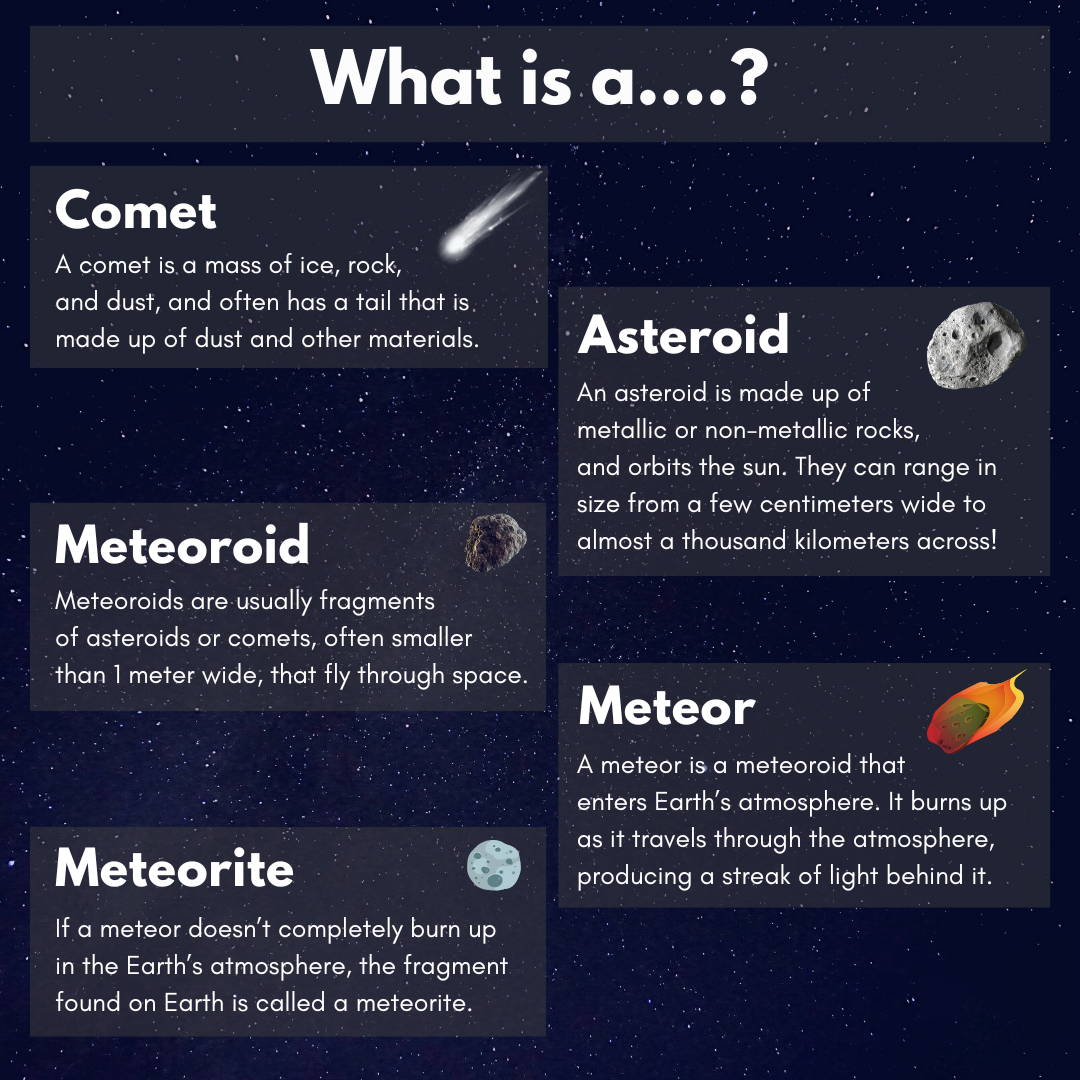Important Facts For Prelims
International Asteroid Day
- 01 Jul 2024
- 4 min read
Why in News?
International Asteroid Day is observed on 30th June to commemorate the Tunguska event in 1908 and aims to raise awareness about the threat of asteroid impacts.
What is the Tunguska Event?
- About Event:
- The Tunguska event was caused by an asteroid explosion in Siberia, flattened 80 million trees over an area of 830 square miles.
- The explosion resulted in minimal human casualties due to the remote location and the shock wave was felt hundreds of miles away.
- The Tunguska event was caused by an asteroid explosion in Siberia, flattened 80 million trees over an area of 830 square miles.
- United Nations Recognition:
- International Asteroid Day was designated by the United Nations in 2016 to promote global efforts in planetary defence.
- National Aeronautics and Space Administration (NASA) stated that a collision of Near-Earth Objects (NEOs) with Earth is the only natural disaster humanity could completely prevent.
- What are Initiatives Related to Monitoring of Near-Earth Objects:
- Double Asteroid Redirection Test (DART) Mission
- ESA’s Hera Mission
- NETRA Project & Space Junk
- Apophis Mission:
- Indian Space Research Organisation (ISRO) expressed interest in participating in the international mission to study the asteroid Apophis.
- Apophis is a near-earth object (NEO) and it is believed that it may hit Earth in 2029, however, NASA recently dispelled such reports.
- It will pass by Earth at a distance of 38,012 kilometres on 14th April 2029
- This event will be visible to observers in the Eastern Hemisphere without any telescopes or binoculars.
- The Apophis was first discovered in 2004. It measures 335 metres in size.
- It will be moving at a speed of 29.98 KM per second.
Note
- The planet bears evidence of past impacts that had catastrophic results.
- The Chicxulub crater in Mexico, caused by an asteroid impact 65 million years ago, is linked to the extinction of the dinosaurs and 75% of Earth's species.
- The Meteor Crater in Arizona and the Chelyabinsk event in Russia in 2013..
What is Asteroids?
- About:
- Asteroids, also referred to as minor planets, are remnants from the early stages of our solar system's formation approximately 4.6 billion years ago.
- They predominantly exhibit irregular shapes, though some display nearly spherical forms.
- Many asteroids are accompanied by small moons, with some even having two moons.
- Additionally, binary asteroids consist of two similar-sized rocky bodies orbiting each other, and there are also triple asteroid systems.
- Categorization of Asteroids:
- Main Asteroid Belt: This region, located between Mars and Jupiter, houses the majority of known asteroids.
- Trojans: These asteroids share an orbit with a larger planet, residing near stable points called Lagrangian points (L4 and L5), where the gravitational forces of the Sun and the planet are balanced.
- This configuration prevents collisions with the larger planet.
- Near-Earth Asteroids (NEAs): These asteroids have orbits that approach Earth's orbit. Those that intersect Earth's orbital path are specifically termed Earth-crossers.
UPSC Civil Services Examination, Previous Year Questions (PYQs)
Prelims
Q. What is the difference between asteroids and comets? (2011)
- Asteroids are small rocky planetoids, while comets are formed of frozen gases held together by rocky and metallic material.
- Asteroids are found mostly between the orbits of Jupiter and Mars, while comets are found mostly between Venus and Mercury.
- Comets show a perceptible glowing tail, while asteroids do not.
Which of the statements given above is/are correct?
(a) 1 and 2 only
(b) 1 and 3 only
(c) 3 only
(d) 1, 2 and 3
Ans: (b)





